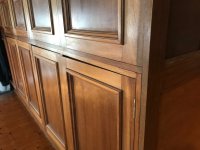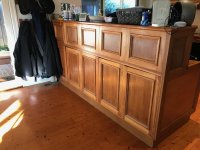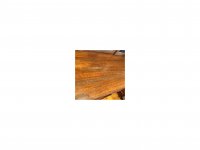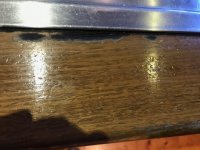BarrySumpter
Member
- Joined
- May 11, 2020
- Messages
- 140
The good lady is ready to to have her kitchen counter top sanded down and refinished.
Any suggestions?
Which festool sander would you recommend for this project and doing the same to the pine dinner table top?
And pretty much all round woodworking projects as a hobbyist.
And not where near even pretending to be a professional. Other than my dreams.
Pics later if needed.
Thanks in advance.
Any suggestions?
Which festool sander would you recommend for this project and doing the same to the pine dinner table top?
And pretty much all round woodworking projects as a hobbyist.
And not where near even pretending to be a professional. Other than my dreams.
Pics later if needed.
Thanks in advance.





